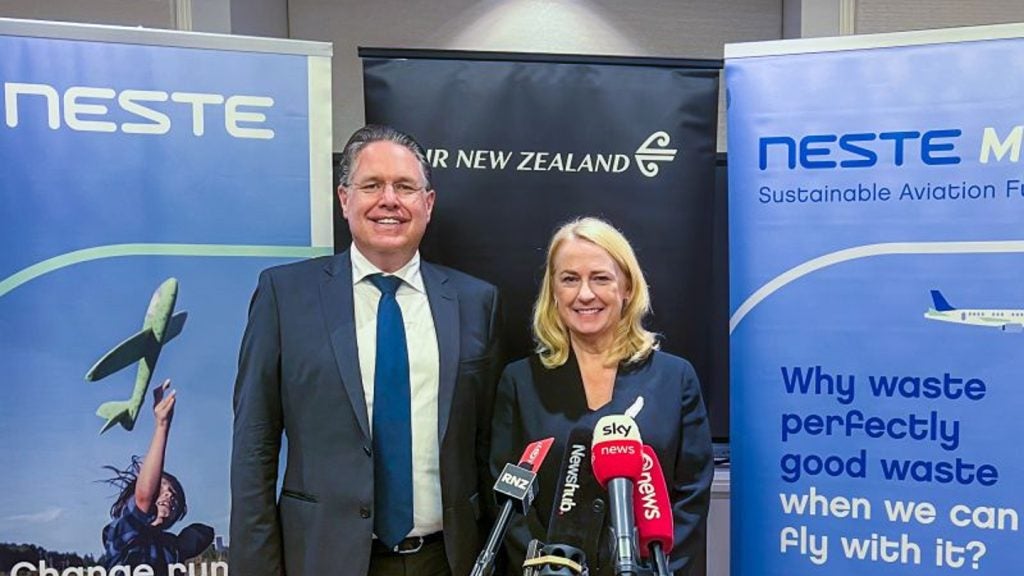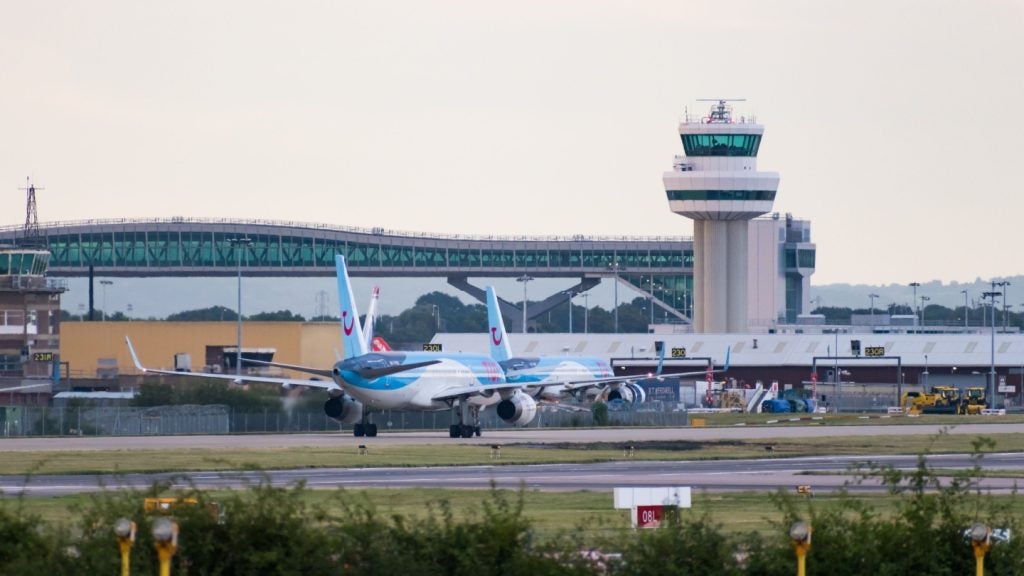
London Heathrow is set to become the first airport to introduce to manage arriving flights based on the amount of time between the flights rather than distance.
The new system, recommended by the independent Airports Commission, was introduced by air traffic control operators NATS.
It will lower delays and cancellations due to the strong head winds caused as a result of the flights landing arriving flights closer together.
It is expected to lower the flight delays caused a result of high winds by 50%, reducing the disruption for passengers by more than 1,300 hours each year.
The new procedures will be introduced from early 2015.
See Also:
Heathrow director of airside operations Derek Provan said: "We’re pleased that NATS have accelerated the roll-out of this new system at Heathrow. It will help us keep the flights landing safely and on time during strong headwinds, ultimately benefitting passengers and local communities."
How well do you really know your competitors?
Access the most comprehensive Company Profiles on the market, powered by GlobalData. Save hours of research. Gain competitive edge.

Thank you!
Your download email will arrive shortly
Not ready to buy yet? Download a free sample
We are confident about the unique quality of our Company Profiles. However, we want you to make the most beneficial decision for your business, so we offer a free sample that you can download by submitting the below form
By GlobalDataFlights are typically separated by set distances based on the type of aircraft and the size of spiralling turbulence, or wake vortex, they create as they fly.
For the new initiative, NATS evaluated more than 100,000 flights using state of the art equipment to accurately measure the behaviour of aircraft wake vortices in strong headwinds.
The study results revealed that the wake vortices dissipate more quickly in windy conditions, allowing aircraft to be closer together on final approach while maintaining the focus on safety.
Heathrow is the world’s busiest two-runway airport, and has been operating at 98% of its runway capacity for a decade, with a flight taking off or landing every 45 seconds.
The adoption of the new system is important to Heathrow because its runways are full, with no spare slots to schedule delayed flights, which means that flights usually operate into the night or are cancelled.
Image: Heathrow Airport’s control tower and Virgin Atlantic 2 aircraft. Photo: courtesy of Heathrow Airports Limited.






